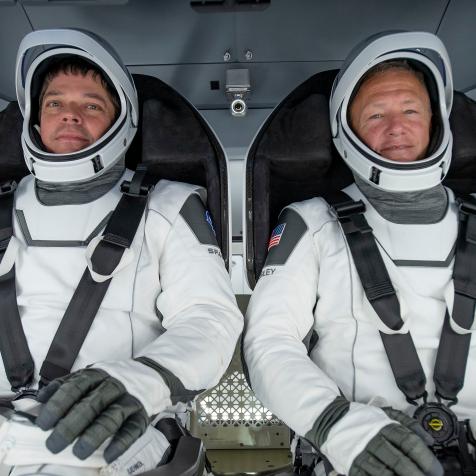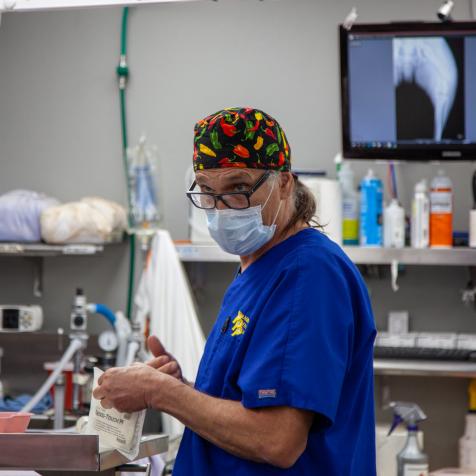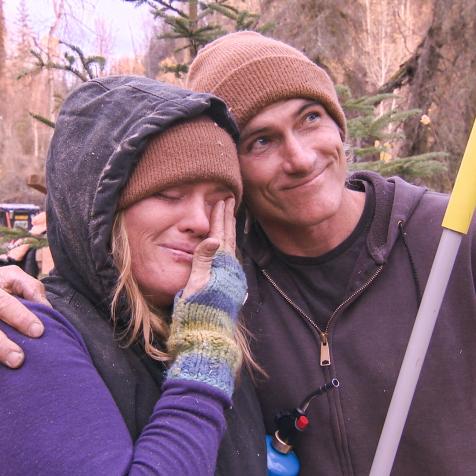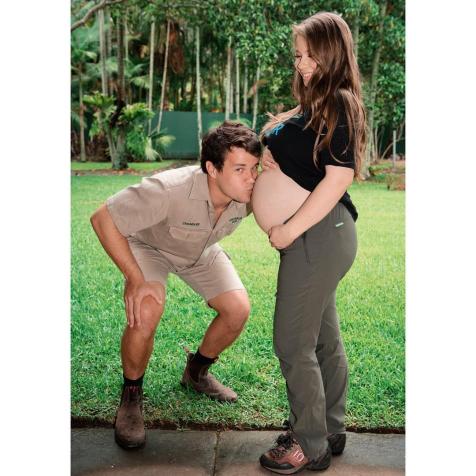
VW Pics
Prehistoric Footprints Tell An Incredible Story
Thousands of years ago, our prehistoric predecessors inhabited a planet that looked very different. And even all this time later, we are still learning how they lived and behaved. A discovery in New Mexico teaches us about a young child's journey.
In a journal article recently published by the Quaternary Science Reviews, researchers have outlined their discovery of a prehistoric path of footprints in White Sands National Park in New Mexico. This groundbreaking find showed a journey of an adolescent of either sex or young female who was accompanied by a toddler. The earth recorded about a mile of this trip, and during parts it is clear that the journeyman (or journeywoman) was toting a toddler.
One of the authors of the journal article, Dr. Sally Reynolds, a mammalian paleontologist from Bournemouth University discussed her findings with the New York Times. She hypothesized an incredible image of the day that these footprints were saved in time. Starting with describing the site, "We have many adult tracks, and then every now and again we have these tiny baby tracks." The journal predicts that the owner of the footprints was traveling at quite the speed — about four miles per hour. She continued, "Imagine running for a bus... it's not a stroll."
This finding really allows Dr. Reynolds, and her other collaborators, to understand the behaviors of the people living during this time, the Pleistocene era. Based on the evidence at hand, you have a mother accompanied by a small child, likely being carried across a great distance, very quickly. During this period, these people were sharing the land with large ground sloths, mammoths, and more that posed a great threat to a lone walker carrying a child. Other preserved footprints are present in a nearby area of the national park.
This snapshot presented by prehistoric footprints preserved in time created the image of a caretaker traveling with and protecting a child. This action is a time-honored experience that really makes it clear that we are very similar to those that came before us.

















